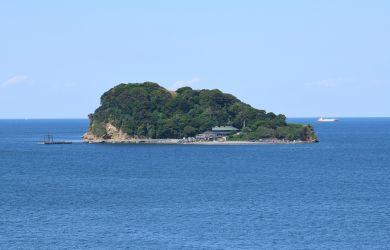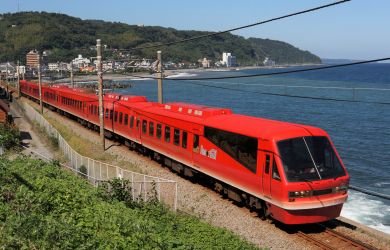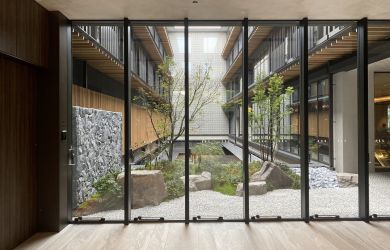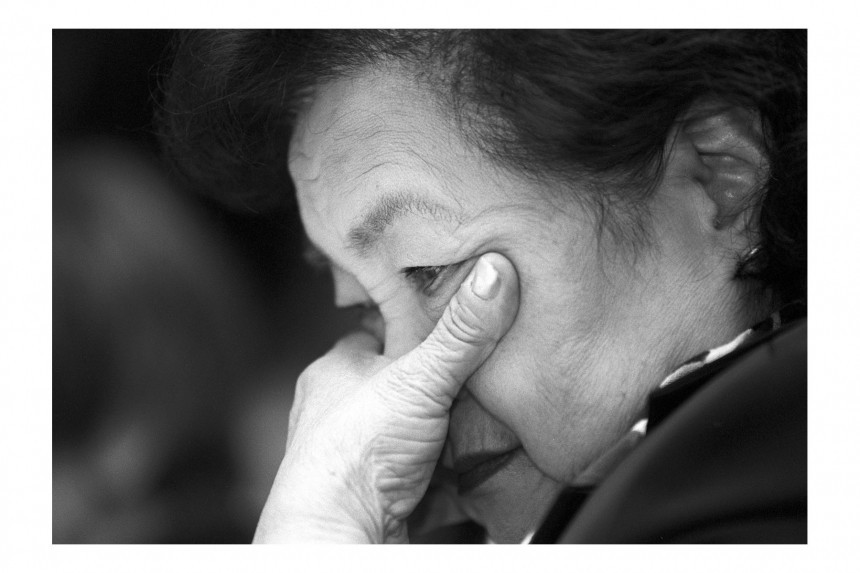
March 9, 2018
Paule Saviano: From Above
The latest installment of WWII-survivor portraits comes to Gallery EF in Asakusa
By Paul McInnes
Around the world, the scars of wars remain in the spaces we inhabit and inside the survivors who were fortunate enough to live. From the cobbled streets of London and villages of Nigeria, to the obliterated cities of Hiroshima and Nagasaki and the roads of Sarajevo, we are surrounded by the consequences of war.
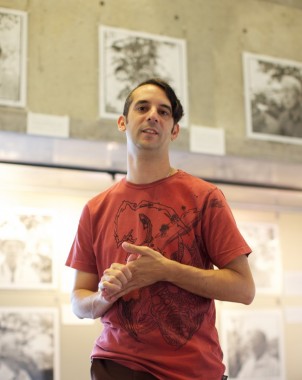
Documenting these consequences is an unlikely position for a music and fashion photographer to find themselves in. One moment, chasing The Cure around stadiums in America and shooting supermodels, such as Adriana Lima, to then somehow meeting war survivors and listening to their myriad stories that the world needs to hear. New York native Paule Saviano is a veteran photographer who has seen it all, from the decadence and frivolity of music and fashion, to intimate conversations with distraught survivors of wars gone by.
Saviano, a mild-mannered and enigmatic Brooklynite, has been working on an ongoing photography project “From Above” for around ten years now, exhibiting his portraits of war survivors in New York, Europe and around Japan—which has accidentally become a kind of second home. “I started shooting this project in September 2008,” Saviano says. “I didn’t expect to be doing it this long. It started with a week in Nagasaki. The reason why I went there years ago was to learn. As an American, you don’t really learn about what happened to these people. You learn about the mushroom cloud or the firebombing but you don’t learn about the human aspect of these events. When I went there the first time it was an education. I kept on returning.”
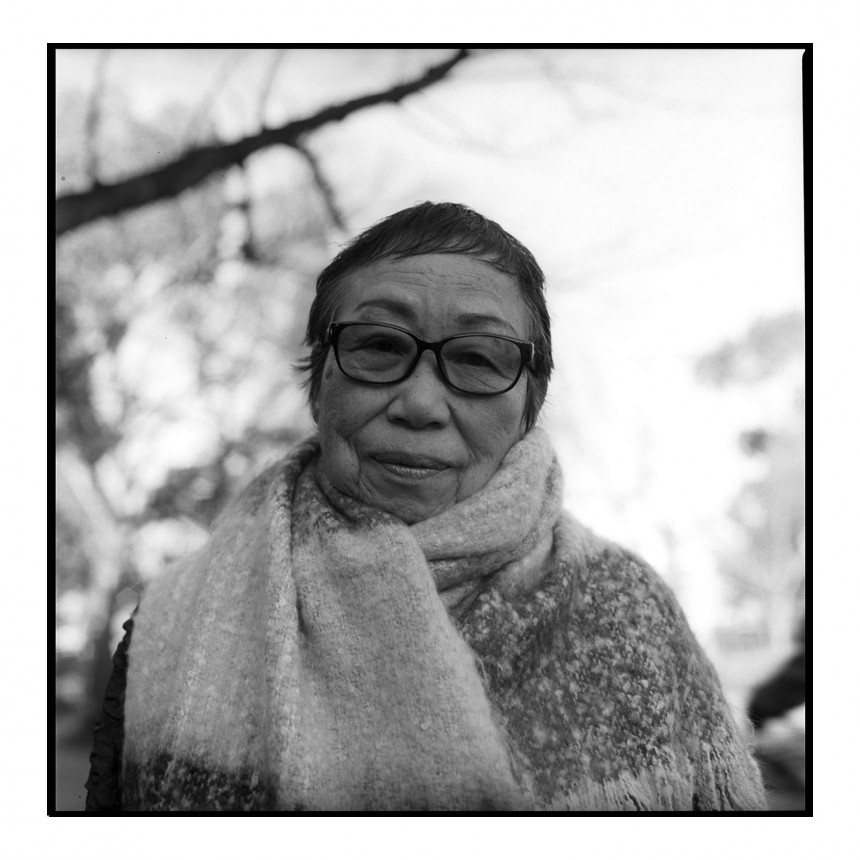
After numerous trips and exhibitions in places such as Nagasaki and Tokyo, Saviano still has the hunger and dedication to continue telling these stories through photography. For him, “a picture is a permanent visual voice.” This month he will display, at Gallery EF in Asakusa, the latest installment of his superb “From Above” series, which started with portraits of hibakusha (atomic bombing survivors) from Hiroshima and Nagasaki. Since then, the project has expanded and taken in survivors from Coventry in England, Dresden in Germany, Rotterdam in the Netherlands, Poland as well as Japanese survivors who moved overseas in the post-war period to countries like Mexico and Canada. The upcoming show even includes images of two Dutch prisoners of war who remained alive after the Nagasaki atomic bombing.
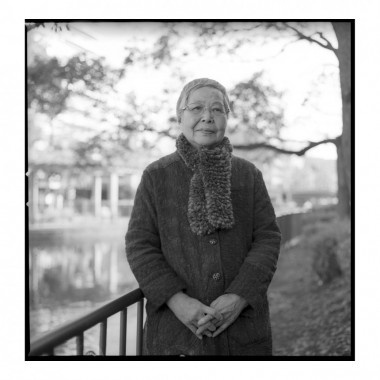
Saviano vows to never stop his visual documentation. “I made the decision about five years ago that I was basically going to go to the end. To the last person. It’s a very bold statement but it’s important to keep these messages alive.”
Since he began this project more than half of his subjects have passed away and this appears to have made him even more determined to chronicle the remaining survivors’ stories. The latest exhibition coincides with the anniversary of the Tokyo firebombing, a subject which has been woefully documented and recognized, especially in Japan. Six of the portraits in Saviano’s current show are Tokyo firebombing survivors, including a portrait of legendary actor Tatsuya Nakadai. Incidentally, Saviano’s interest in the firebombings was piqued when one of the Gallery EF employees showed him a photo of the gallery after the firebombings. It was one of the very few structures in Asakusa to survive. Saviano says, “The history of the building does tie in with the whole story.”
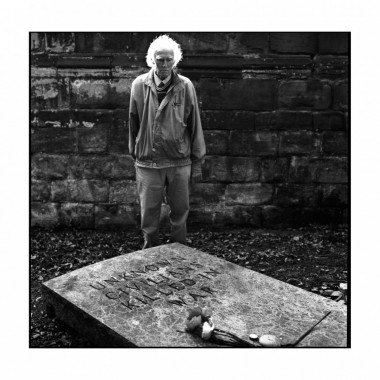
“Of all the places we went to shoot firebombing survivors, Tokyo was the most difficult to find people,” says Saviano. “And it’s probably the biggest city. In total, I only photographed nine survivors. A lot of people don’t realize that more people died in Tokyo (firebombing) than Hiroshima and Nagasaki combined. It was a huge disaster. The commemorative events in Tokyo are really nonexistent. A lot of people don’t even know the dates of the firebombings. That’s kind of one of the reasons why I come back almost every year, because you have people who have grown up in Tokyo who don’t know what happened. And there’s no government recognition, they have no public monument. The one museum is a privately owned museum and its tiny.”
There are no shock tactics on display. No scars or burns. Saviano photographs his subjects delicately and gives them the dignity and recognition they deserve. The New Yorker is a true diamond in the rough. There’s no money involved in this project or the other ongoing projects he’s working on—including transgender youths and those affected by the Berlin Wall. It’s a selfless and often unrecognized project, but one which Saviano will never cease until the last voice is gone. “My whole feeling is that governments are waiting for these people to die and their voices to go away. Then they are free of whatever truth is put out there by these people. I want to be a person who passes along their lessons.”
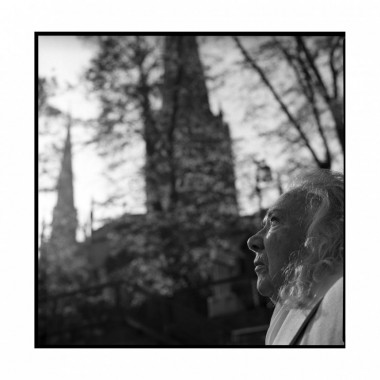
“FROM ABOVE” by Paule Saviano
March 11th – April 2nd, 2018
Admission Free
Gallery EF, 2-19-18 Taito-ku, Tokyo, 111-0034
http://www.gallery-ef.com/




